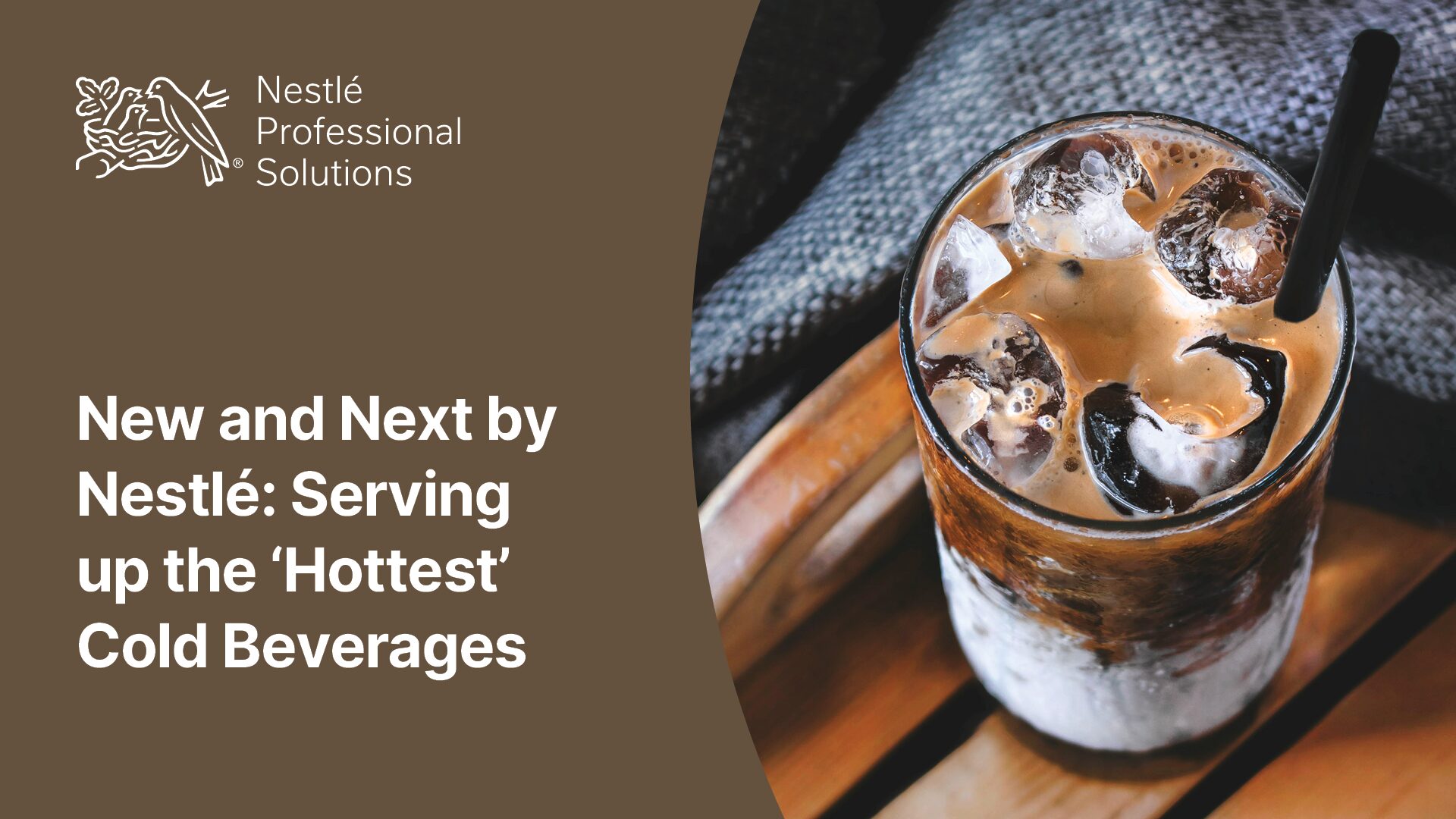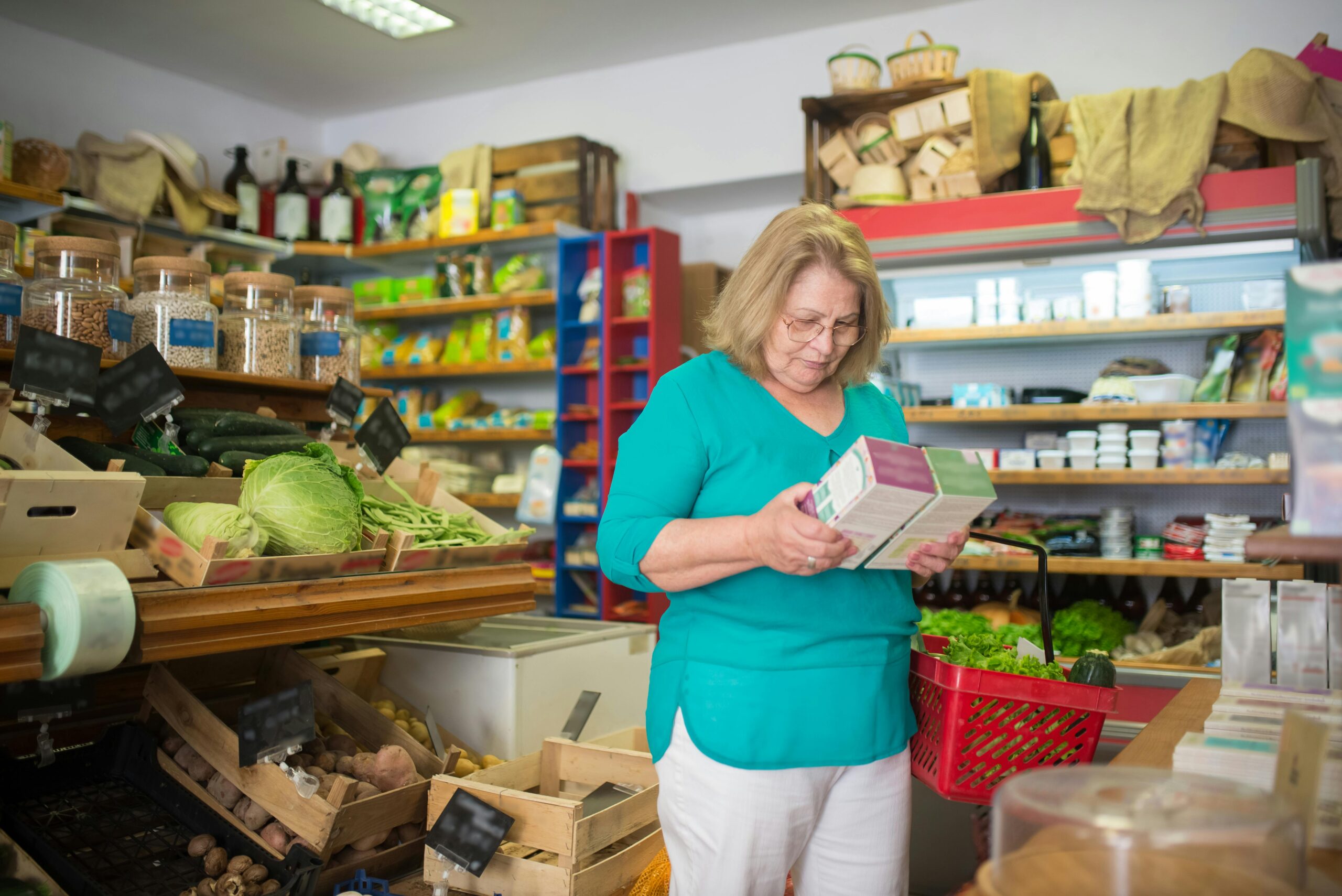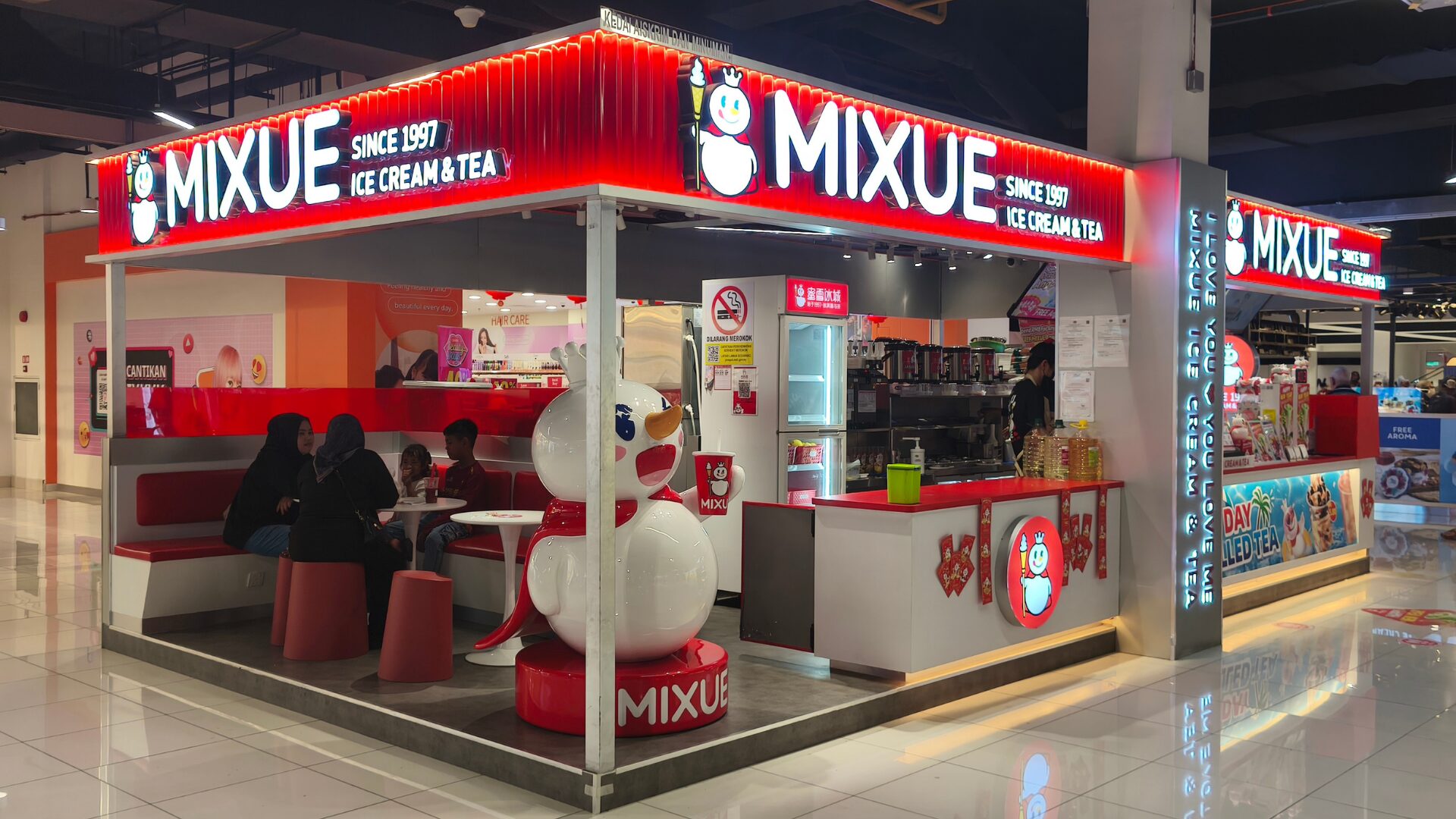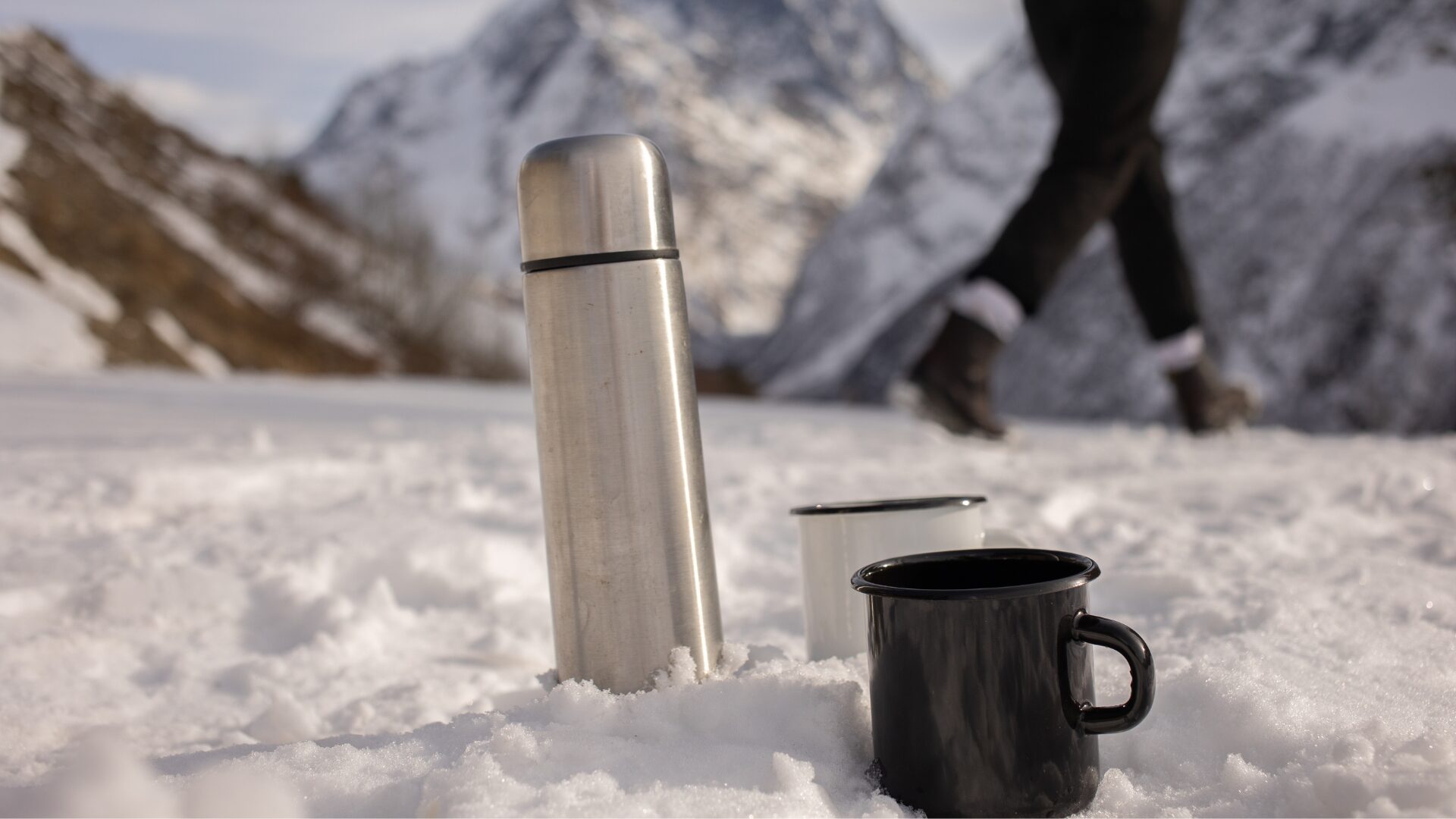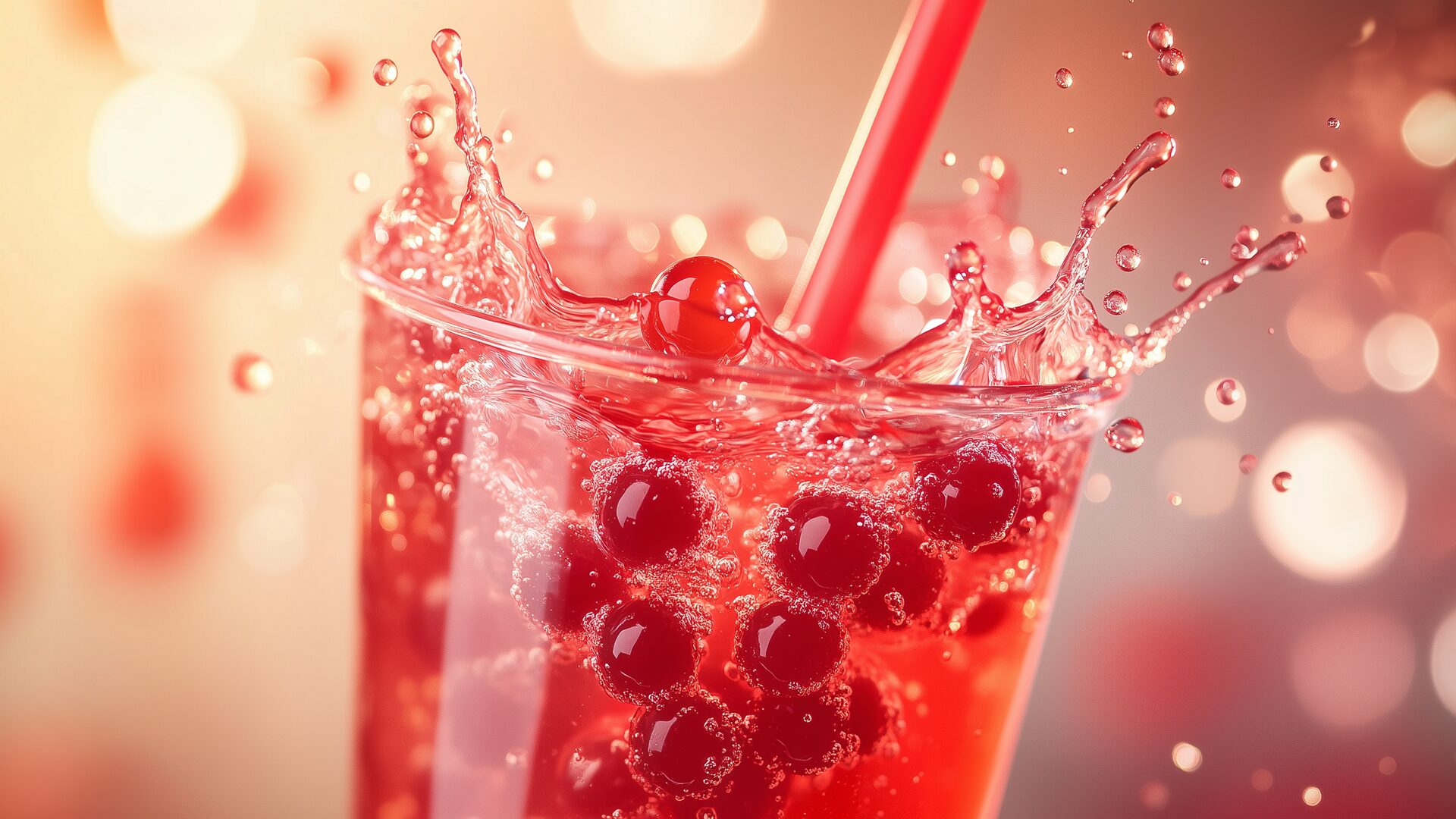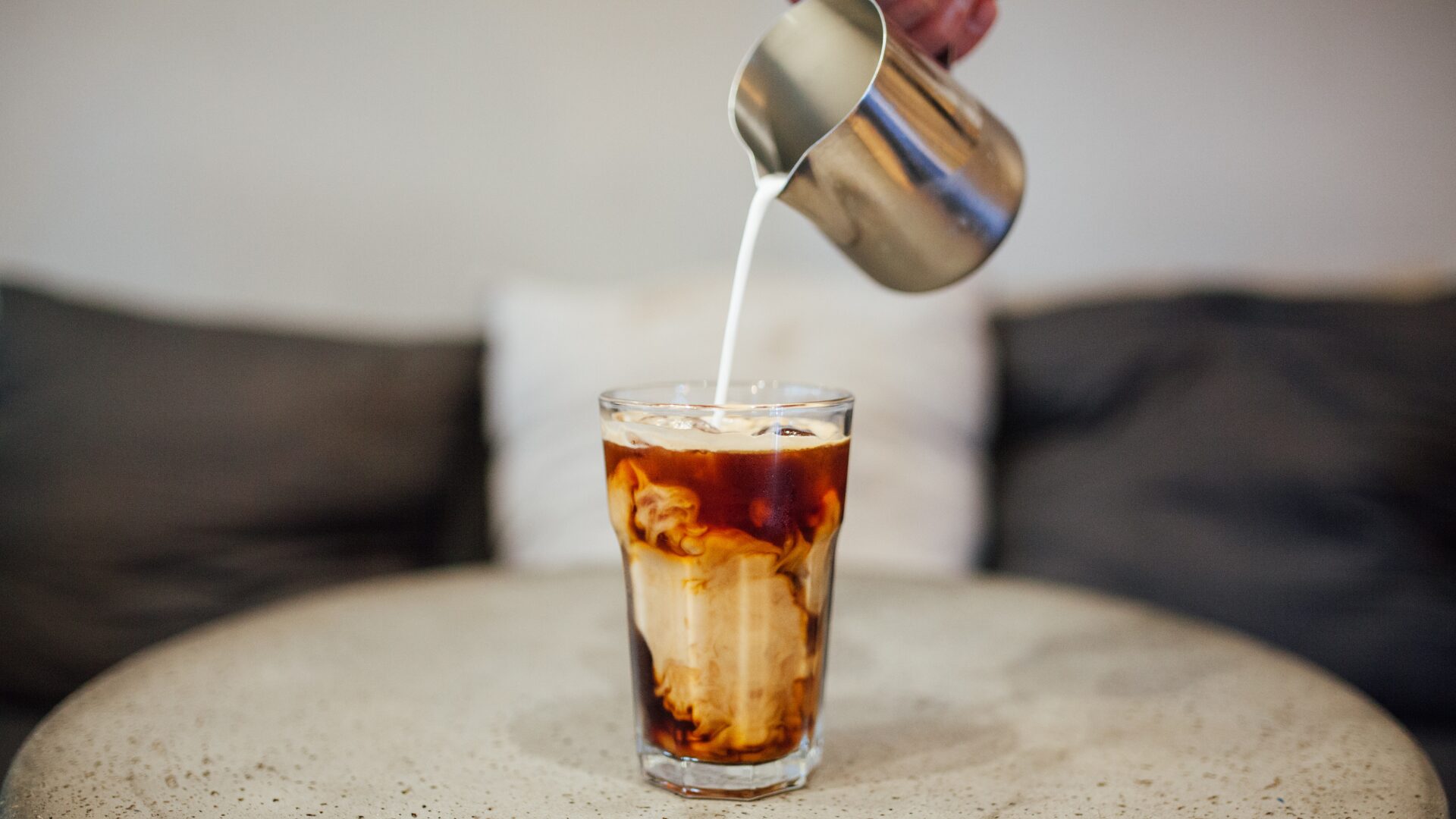Unilever Plc has reportedly kicked off the sale of large parts of its tea business, which begs the question: What’s next for the traditional drink, which has a history that dates back nearly 5,000 years to ancient China?
On any given day, approximately 159 million Americans drink tea, according to the Tea Association of the USA. Roughly four in five consumers drink tea, with Millennials being the most likely cohort (87%) to drink it.
Pennie Crockett, the founder of Chicago-based Pennie’s Tea, told The Food Institute young consumers like Millennials have come to appreciate teas with “a unique flavor profile,” like ginger-peach.
Still, such consumption habits weren’t enough to keep Unilever from beginning the sale of a tea business valued at $5.6 billion, according to Bloomberg (Aug. 4). Unilever has reportedly reached out to potential suitors and is expecting first-round bids this month. The consumer products company said in January 2020 that it was starting a strategic review of its tea business that could result in a sale.
Unilever plans to divest much of its tea business following a six-month review, the company noted during its recent earnings call. The changes to its tea business would leave Unilever divesting the Lipton brand in some select areas. The sale was not expected to include Unilever’s tea units in India and Indonesia, nor its partnerships in the ready-to-drink tea market.
CURRENT DEMAND SLUGGISH
Tea demand has waned in recent years, largely due to a shift to gourmet coffee. Meanwhile, some consumers have opted for more herbal varieties of tea, while black tea has fallen out of favor, reported Food Dive (Aug. 5).
Allied Market Research predicts the global tea market size will reach $69 billion by 2027, with a compound annual growth rate of 6.6%, though it also noted “Increase in trends of coffee consumption and fluctuating prices of raw materials caused by unpredictable climactic conditions act as the major restraint for this market.” The research firm further explained that growth in demand for herbal tea is anticipated to provide growth opportunities for the tea market.
According to IRI data analyzed by The Food Institute, for the 52-week period ending August 8, total bags and loose leaf tea sales in the U.S. were down 1.4%. However, canned and bottled tea dollar sales were up 8.5%, to nearly $2.65 billion. Bubble tea is another trendy beverage these days, due in part to its popularity with Gen Z.
READY-TO-DRINK TEA RISING
The prevailing thought is that, as shoppers consume more beverages on the go, ready-to-drink tea options, such as those made under Unilever’s longtime partnership with PepsiCo, could thrive, as Food Dive reported.
“The millennials and Gen Xers are looking for …. something that’s going to refresh you,” Crockett said. “So, three years ago we put Pennie’s Tea in a bottle, so you can have that cold brew iced tea they’re looking for. [And] our bottle tea does move faster than our loose-leaf tea.”






